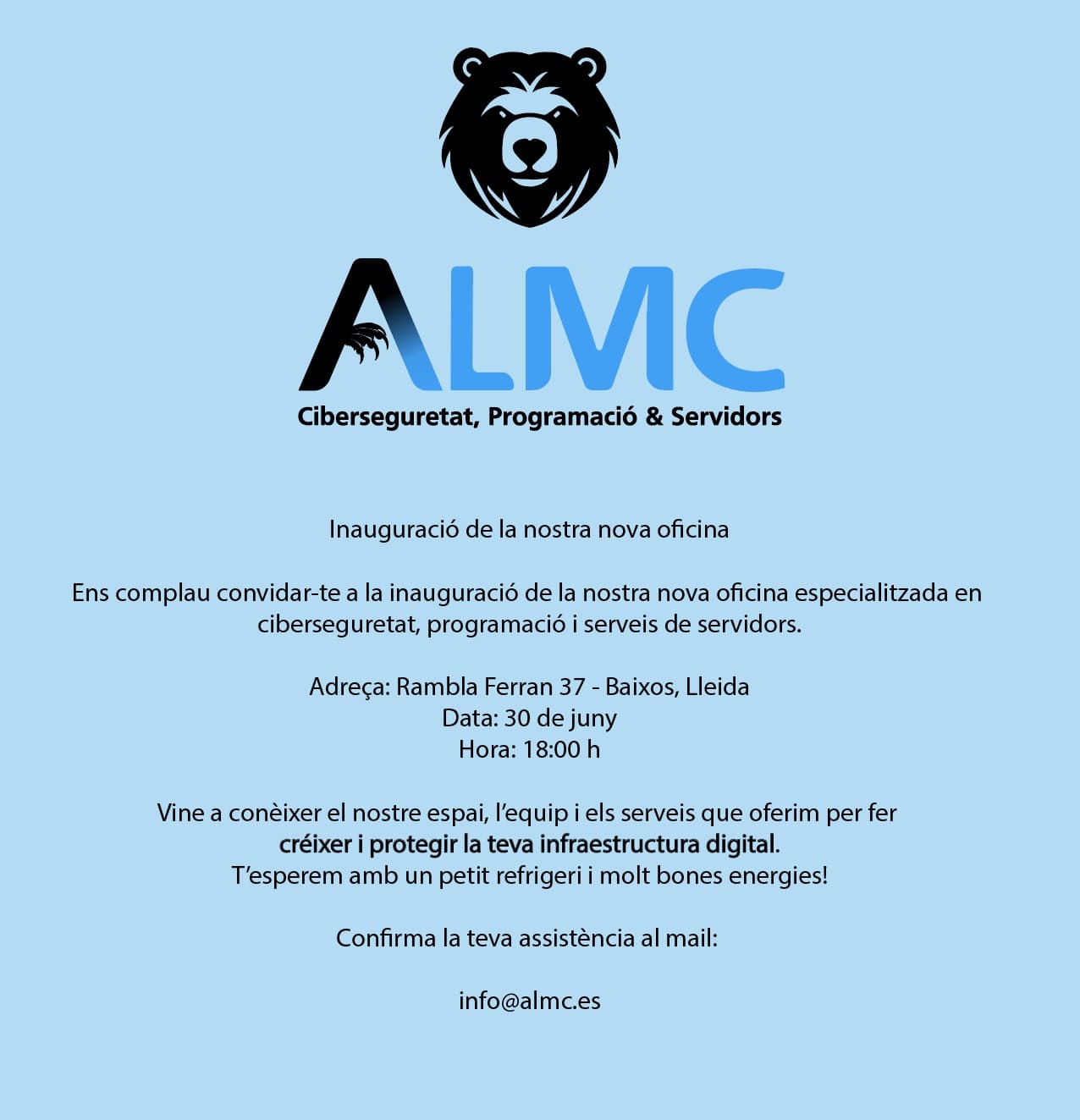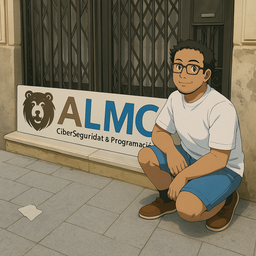MCP Server Starter Template
A comprehensive starter template for building Model Context Protocol (MCP) servers, specifically designed for UI libraries and component registries. This template provides a robust foundation for creating MCP servers that can fetch, categorize, and provide component information to AI assistants like Claude.
🌎 Real world example?
Check out the stackzero-labs/mcp which uses this template to expose its UI components and blocks to AI models. You can also checkout the UI referenced project stackzero/ui
🚀 Features
- Ready-to-use MCP server with TypeScript support
- Component registry integration for UI libraries
- Categorized component organization with flexible category system
- Zod schema validation for type safety
- Development tools including hot reload and inspector
- Example implementation using a real project URL for demonstration
- Extensible architecture for custom component types and categories
📋 Prerequisites
- Node.js 18 or higher
- pnpm (recommended) or npm
- Basic understanding of TypeScript and MCP
🤝 Intended Use Cases
This template is specifically designed for libraries following the registry format (like shadcn/ui), making it ideal for:
- UI component libraries
- Design systems
- Component registries that need to be accessible via AI assistants
- Tools, utilities, and frameworks that require a structured way to expose UI components to AI models
Read more about components registries like shadcn/ui here Component Registries.
With some customizations however, it can be adapted for other types of MCP servers as well.
🛠️ Installation
- Clone or download this template:
git clone https://github.com/mnove/mcp-starter.git
cd mcp-starter
- Install dependencies:
pnpm install
- Build the project:
pnpm run build
⚙️ Configuration
1. Update Project Configuration
Edit src/lib/config.ts to point to your own component registry:
export const mcpConfig = {
projectName: "your-project-name",
// Replace with your actual project URL
baseUrl: "https://your-ui-library.com",
registryUrl: "https://your-ui-library.com/r",
registryFileUrl: "https://your-ui-library.com/registry.json",
};
Note: This template currently uses https://ui.stackzero.co as a demonstration URL. You must replace this with your actual project URL for production use.
2. Define Component Categories
Customize src/lib/categories.ts to match your component structure:
export const componentCategories = {
Buttons: ["button-primary", "button-secondary", "button-ghost"],
Forms: ["input-text", "input-email", "textarea"],
// Add your categories here
};
3. Update Server Metadata
Modify src/server.ts to customize your server information:
const server = new McpServer({
name: "your-mcp-server-name",
version: "1.0.0",
});
🏃♂️ Development
Start Development Server
pnpm run dev
Build for Production
pnpm run build
Inspect MCP Server
pnpm run inspect
This opens the MCP Inspector to test your server tools interactively.
📚 Available Tools
The MCP server provides the following tools:
getUIComponents
Returns a comprehensive list of all UI components from your registry.
Category-specific Tools
Dynamic tools are created for each category defined in componentCategories:
getButtons- Get all button componentsgetForms- Get all form components- etc.
Each category tool provides:
- Component implementation details
- Usage examples
- Installation instructions
- Related components
🏗️ Project Structure
mcp-starter/
├── src/
│ ├── server.ts # Main MCP server implementation
│ ├── lib/
│ │ ├── config.ts # Configuration settings
│ │ └── categories.ts # Component categories
│ └── utils/
│ ├── api.ts # API fetching utilities
│ ├── formatters.ts # Data formatting helpers
│ ├── schemas.ts # Zod validation schemas
│ └── index.ts # Utility exports
├── dist/ # Built files
├── package.json
└── README.md
🔧 Customization
Adding New Component Types
- Update schemas in
src/utils/schemas.ts:
export const CustomComponentSchema = z.object({
name: z.string(),
category: z.string(),
// Add your fields
});
- Add API functions in
src/utils/api.ts:
export async function fetchCustomComponents() {
// Your implementation
}
- Register new tools in
src/server.ts:
server.tool("getCustomComponents" /*...*/);
Extending Categories
Simply add new categories to src/lib/categories.ts:
export const componentCategories = {
// Existing categories...
Navigation: ["navbar", "sidebar", "breadcrumbs"],
DataDisplay: ["table", "card", "badge"],
};
The server will automatically create tools for new categories.
Why categories?
Categories help organize components logically, making it easier for AI assistants to find and suggest relevant components based. Also, some models and IDE have a limit on the number of tools they can handle, so categorizing helps to keep the number of tools manageable.
📖 Registry Format
Your component registry should follow this structure:
Registry File (registry.json)
{
"registry": [
{
"name": "button-primary",
"type": "registry:component",
"description": "Primary button component"
}
]
}
Component Details (/r/{component-name}.json)
{
"name": "button-primary",
"type": "registry:component",
"files": [
{
"content": "// Component implementation"
}
]
}
🚀 Deployment
As a Local MCP Server
- Build the project:
pnpm run build
- Configure in your MCP client (e.g., Claude Desktop):
{
"mcpServers": {
"your-mcp-server": {
"command": "node",
"args": ["/path/to/mcp-starter/dist/server.js"]
}
}
}
As an NPM Package
You can also publish this template as an NPM package for easy installation in other projects.
- Update
package.jsonwith your details - Build and publish:
pnpm run build
npm publish
🤝 Contributing
See CONTRIBUTING.md for details on how to contribute to this project.
📄 License
This project is licensed under the MIT License - see the LICENSE file for details.
🤝 Contact
Marcello - @mnove
🙏 Acknowledgments
- Built with Model Context Protocol SDK
- Inspired by the need for better AI-component integration
- Thanks to the MCP community for their contributions
⚠️ Important: Remember to replace https://ui.stackzero.co with your actual project URL before using this template in production!




